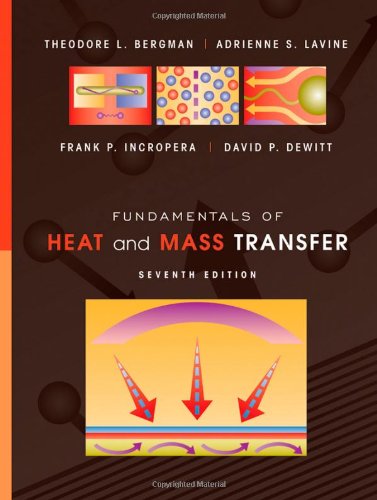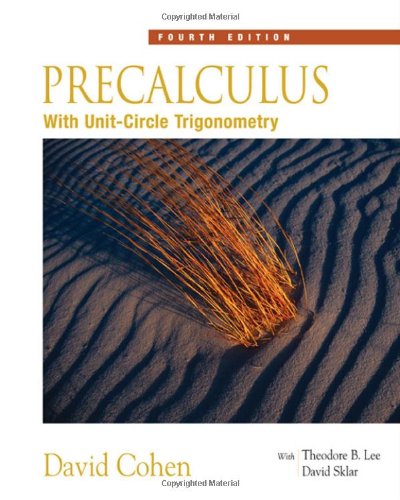00:01
So they give us these temperatures on this metal plate, and what they want us to do is solve for t1, t2, t3.
00:07
So they tell us how these temperatures relate to each other.
00:13
So they say it's just the averaging of the surrounding temperatures.
00:17
So to get t1, and they walk us through this, so we would do t1 is equal to, so it would be 40 plus 44, plus t2 and plus 41 and then this is going to be all over 4 because we need to average it now to get t2 so this would be t1 plus 48 plus t3 plus 42 and then all this is divided by four and then all this is divided by four and then lastly, to get t3.
01:11
So it would be t2 plus 50 plus 35 plus 35 plus 32 all over.
01:31
So we have these equations here now.
01:34
So let's go ahead and simplify these down a little bit.
01:37
So this would give us.
01:41
So let's add all those values up.
01:42
So 40 plus 44 plus 41.
01:46
And then we divide that by 4.
01:49
So that would be 31 .25 plus 1 4th t2.
02:01
Actually, let's write that as a fraction also.
02:04
So that would be 125 fourth.
02:12
Now for t2, so we'd do 48 plus 42, which is 90, and if we divide that by 4, that would be 45 over 2.
02:24
So we'd have 45 halves.
02:27
Plus 1 4th t1 plus 1 4th t3 and for our last equation so 50 plus 35 plus 32 divide that by 4 that would just be 117 over 4 and then plus 1 4th t2 all right so normally when we have these equations we have all the variables on one side and the number is on the other so let's go ahead and go from there because we could just substitute everything back in but since they want us to use like galsian to do this we'll just go ahead and do that but if i rial what i would do is just do t3 plug that into here t1 plug it in there solve for t2 and then go from there but that's just what i would do personally but so let's go ahead and kind of follow what we're doing in the chapter though so we want to move everything over so it would be t1 minus 1 4th t2 is equal to 125 over 4 and then for the second equation this would be negative 1 4th t1 plus t 2 and then minus 1 4th t3 and then minus 1 4th t3 and then then for our last equation, and actually this was equal to 45 halves, and then for our last equation, so we have no t1, t2 is going to be negative 1 fourth, t2, and then we would have plus t3, and this should be equal to 117 over 4.
04:42
So we have this system of equations now, and we want to get things to simplify down.
04:49
So it looks like if we multiply, actually let's clear all of our fractions.
04:58
That may have been a good idea to start.
04:59
So i'm going to just multiply everything by four.
05:03
So row 1 by 4, row 2 by 4, and row 3 by 4.
05:09
So that's going to give 4t1 minus t2 is equal to 125, negative t1 plus 4t2 minus 2.
05:27
Minus t3 is equal to 90 and then negative t2 plus 4 t3 is equal to 117 now we want to start substituting down and actually before we even do that let's switch row 2 and row 1 because if we do that then we won't have to go back to those fractions and as you can tell i really don't want to have to do with fractions if i don't need to so let me move that down there so we're going to switch rows 1 and 2.
06:11
All right.
06:12
Now, we can just multiply this by 4.
06:21
So we would do 4 row 1 plus row 2.
06:27
So the top row stays the same.
06:29
So that's so going to be negative t1 plus 4t2 minus t3 is equal to 90.
06:36
But now those t1s cancel.
06:38
So we'd have 0.
06:40
And then 4 times 4 is 16 add that to negative 1 so that give us plus 15 t 2 and then we should get negative 4 t3 and then 90 times 4 plus 125 is 485 and now we don't need to do anything to the third row right now since we don't have a t1 there so that would just be negative t2 plus 4 t3 is equal to 117.
07:23
Now, normally at this point what we would do is divide by 15 and then add that to the third row.
07:32
But again, i don't like having to deal with fractions...











